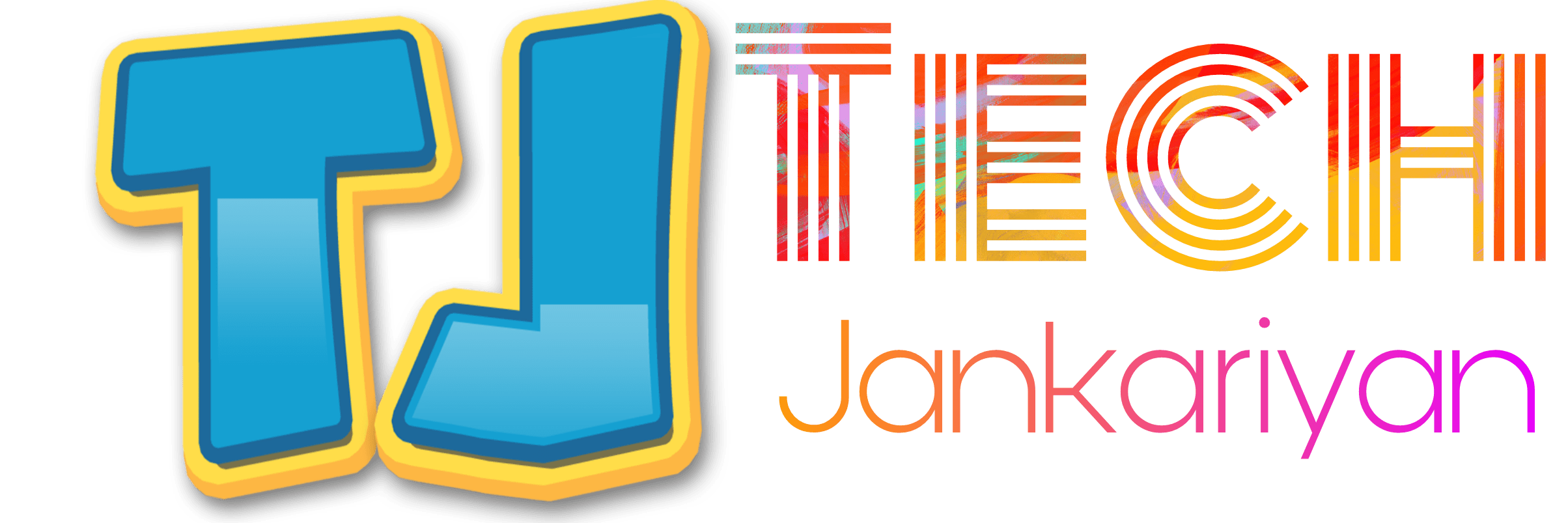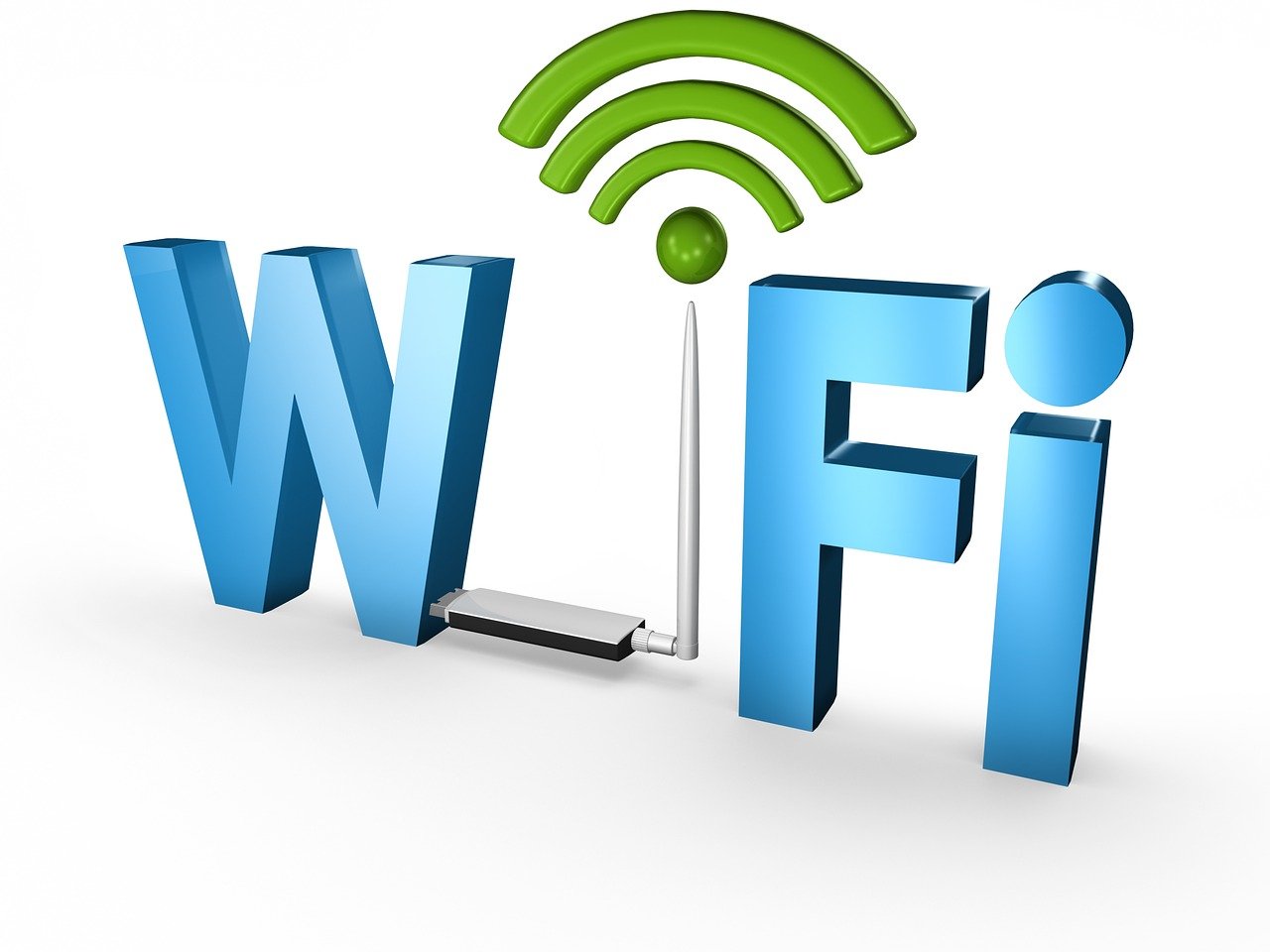Since 1983, 3D printing has undergone a change and breakthrough in the printing process since then. 3D printing is an interesting technology that changes the face of modern production.
Whether you are familiar with 3D printing technology or want to fix a few flaws, Most of us have heard of 3D printing. But we actually don’t know what is 3D Printing and how does a 3D printer print a 3D model?
3D printing products have become more popular in recent years as 3D printing technology have become more popular.
But in this article, we present the history and reality of 3D printing – what is 3D printing, who invented 3D printer, its processes, materials used in 3D printing, how a 3d printer works and applications of this new technology.
let’s start!
What is 3D Printing?
3D printing has become very popular because it makes production available to many people. 3d printing utilize the computer added design (CAD) to create a three dimensional object.
The creation of a 3D printing object is carried out by means of additive processes, thus It is called as additive manufacturing. The additional process is created by laying successive thin layers of many sequential materials before the object is created. 3D printing causes low material consumption.
3D printing allows you to create complex shapes using fewer materials than traditional production methods.
You can choose to create it from the original or download it from the 3D library.
How Does 3D Printing Work?
The 3D printing process involves stacking layers of melted plastic to create objects. This is the process of 3D printing work and how a 3d printer works.
The most common file format for this is G-code files.
This file contains “coordinates” that control the movement of the printer horizontally and vertically, also called the X, Y and Z axes.
History of the 3D printing
The earliest discussion of the production of 3D objects through additional layers can be traced back to the 1970s.
In 1981, the first patent for 3D printing was granted to the Japanese Hideo Kodama in 1981. he used ultraviolet light for additive manufacturing.
In 1984, a group of French inventors received the first patent for the stereolithography method, led by Alain Le Mechot. It is still most popular method.
3D Printers
3D printers are printers that are able to print a 3D material as it is. 3D printers print 3D models by using certain 3D software and 3D printing materials.
Chuck Hull was the person who invented the 3D printer first time. The technology used in this printer was stereolithography.
3D Software
There is a lot of software. From production class to open source.
Tinkercad [Kids]
3D Slash [Kids]
Autodesk Fusion 360 [Design]
Blockscad [Kids]
Doodle3D [Kids]
Gravity Sketch [3D]
Leopoly [Design]
Oculus Medium [Sculpting]
Examples of 3D printing
3D printing includes many types of technologies and materials, as 3D printing is used in various fields:
Rapid prototyping
Fast production
Construction
consumer goods (glasses, shoes, design, furniture)
Industrial products
Architectural scale models
Fossil reconstruction
Copy of ancient artifacts
Reconstruction of forensic pathology evidence
Automobile industries
Aviation
Food
Education
Healthcare
Dental
Bio-printing
Consumer goods
Shoes
Jewelry
Glasses
Types of 3D printing technologies and processes
There are several ways to print an object in 3D
Additive Manufacturing
3D Printing Materials
Plastics
Metals
Ceramics
Paper
Bio Materials
3D Printing Benefits
3D printing at the production or individual level brings many advantages.
Adjustment
Complexity
Minimum Tools
Sustainable
Environment Friendly
3D Printing Applications
Health care and Dental
Aerospace
Robotics
Rail
3D printing for tooling
Art and Designing
Sculpture Designing
Architecture
Fashion
Food
3D printing technologies
3D printing technology is divided into three categories, 3D printing processes by this way:
Selective laser sintering SLS 3D printing Sintering
SLS 3D printing Sintering (SLS) uses a high-power laser to join plastic, metal, ceramic or glass parts. At the end of the work the remaining material is processed.
Fused filament fabrication (FFF) FFF 3D printing Melting
FFF 3D printing is an auxiliary manufacturing process in which a thermoplastic material is pushed from a heated nozzle to lay layers. FFF technology is usually a cheaper solution than other 3D printing processes.
Stereolithography SLA 3D printing
There, the ultraviolet laser is emitted into a photopolymer that is sensitive to ultraviolet light and monitors the object being formed on its surface. The polymer solidifies where it is exposed to radiation, and the radiation “prints” the object layer by layer according to the instructions.
Sintering is a technique that heats materials before reaching the melting temperature to produce high-resolution objects.
3D Printing Processes
Binder Jetting
Direct Energy Deposition
Material Extrusion
Material Jetting
Powder Bed Fusion
Sheet Lamination
VAT Polymerization
How long does 3D printing take?
Print time depends on several factors, including the size of the part and the settings used for printing. 3D printing can last from a few minutes to several hours or days.
Advantages and Disadvantages
Advantages of 3D printing
In terms of recent inventions, the advantages of 3D printing make it one of the most promising technologies. This opens up a new way of manufacturing products and provides many advantages over traditional production methods.
Economical creation of complex geometries
Affordable initial costs
lower the cost
reduce waste
Reduce production time
Enhanced competitive advantage
Reduce errors
Keep secret
On-demand production
Work on good design and products
Fully customizable:
Improve the tool making process
Take advantage of the competitive advantage
Best for quick prototyping:
Allows you to create parts with certain properties:
The disadvantages of 3D printing:
May have lower strength than traditional production:
Highly expensive costs:
Initial costs of the printer
Post processing
Print time
3D models require special skills
Loss of jobs in production
Accuracy limitations
3D Printing Works
3D printing works are more common today. Most industries are using 3D printing works for manufacturing and modeling.
Using a 3D printer is very easy before finalizing a product prototype.
Demand for 3D printing works is very high today.
FAQs
Q1. How to use a 3D printer
Ans. Step 1 Prepare your design for 3D printing.
Step 2 Install the printer.
Step 3 Send the file to the printer.
Step 4 Get 3D print.
Q2. What is needed for 3D printing?
Ans. We list the important things, as well as what we know in addition:
3D printer
Material
Software
Consumables
Tools (usually optional)
Peripherals (optional)
Q3. Where Can I Get a 3D Printer?
Ans. Most 3D printer manufacturers sell their products online.
Q4. What are the types of 3D printers?
Ans. The size, price and capabilities of 3D printers on the market today can vary. The best 3D printer for you depends on your industry and the applications you need:
Manufacturing 3D printer
Desktop printer
Metal 3D printers
Q5. Who invented 3D printing?
Ans. The first 3D printing equipment was developed by Hideo Kodama of the Nagoya Industrial Research Institute, which developed two additional methods for creating 3D models.
Chuck Hull was the person who invented the 3D printer first time.
Q6. When was 3D printing invented?
Ans. The 3D printing process was designed in the 1980s and was originally called “rapid prototyping”.
Q7. What is 3D printing in simple words?
Ans. 3D printing is a method of creating a three-dimensional object by overlapping it with a computer design.
Q8. What exactly is 3D printing?
Ans. 3D printing is the technology of printing a three dimension object in its original safe and size.
Q9. What is 3D printing used for?
Ans. 3D printing is used to make various models in various industries.
Q10. What is 3D printing examples?
Ans. Food
Education
Healthcare
Dental
Bio-printing
Consumer goods
Shoes
Jewelry
Glasses
Q11. Can buildings be printed?
Ans. Yes it is. 3D printing is commercially available. Some companies print the finished parts, while others print them on site.
Q12. How much does a 3D printer cost?
Ans. 3D printers can range from 150$ to 500$, and some up to 2,000$.





nice information